Creating Immersive Game Worlds: Best Practices
7 December 2024
When it comes to video games, there’s nothing quite like stepping into a world so vivid and alive that you forget it’s not real. It’s not just pixels and polygons; it’s castles that feel lived-in, forests that whisper secrets, and characters that leave a mark on your heart. Creating immersive game worlds isn’t just a technical achievement—it’s an art form. But how do you craft a game world that players never want to leave? Let’s dive into some best practices that will help your game worlds come to life.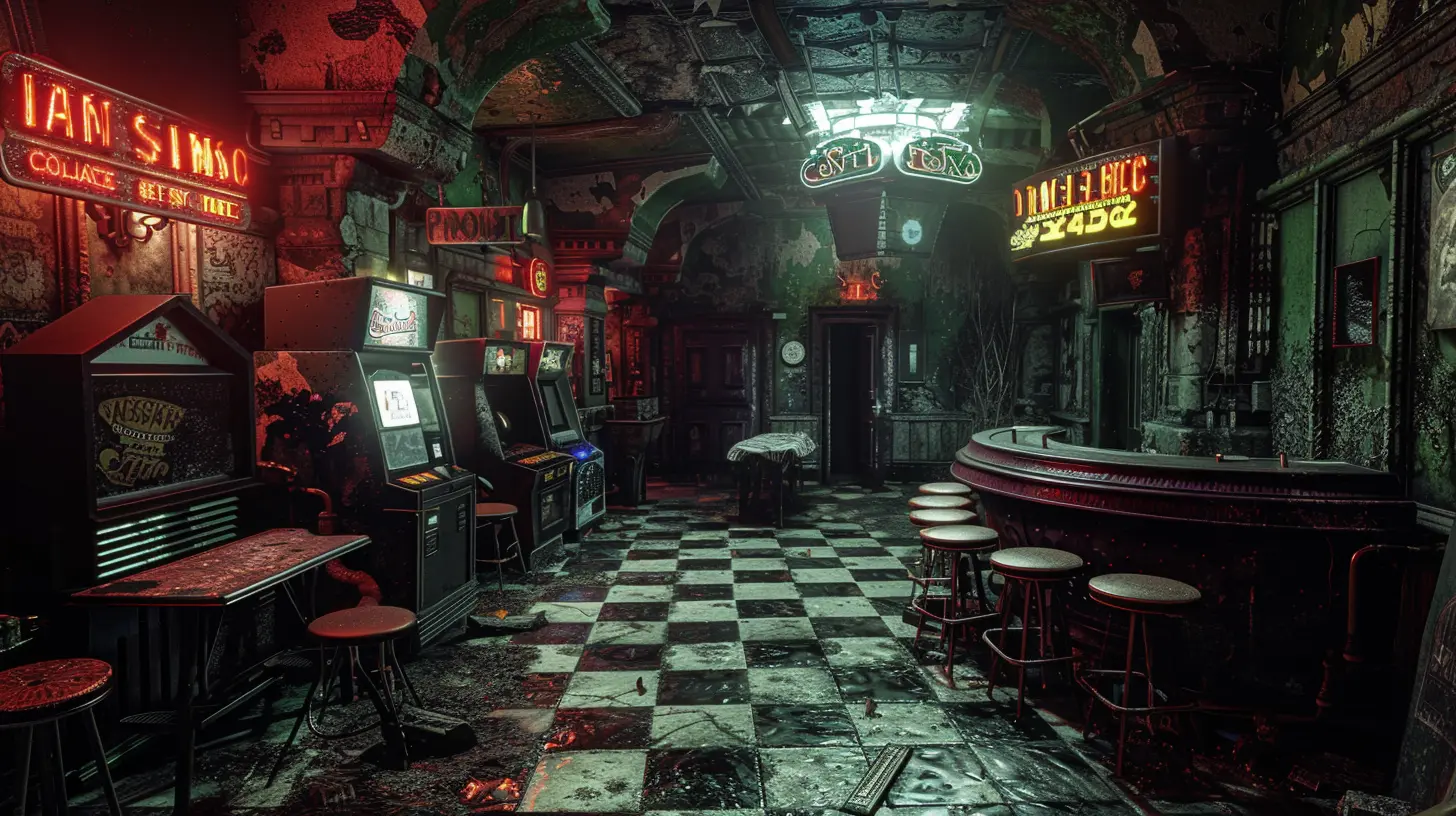
Why Immersion Matters in Game Design
Immersion is that magical feeling where a player loses track of time because they're so deeply engrossed in the game. It's not just about pretty graphics or realistic textures—it's about how everything in the game works together to suck you in.Think about some of the best games you’ve ever played. Maybe it’s the post-apocalyptic wasteland of "Fallout," the sprawling fantasy landscapes of "The Elder Scrolls," or even the quirky, detail-packed villages of "Animal Crossing." What these games have in common isn’t just stunning visuals—it’s the way they make you feel. Immersion keeps players invested, engaged, and coming back for more.
And here’s the kicker: immersion isn’t exclusive to AAA studios with massive budgets. Indie developers can also create deeply engaging worlds by focusing on the details that matter most.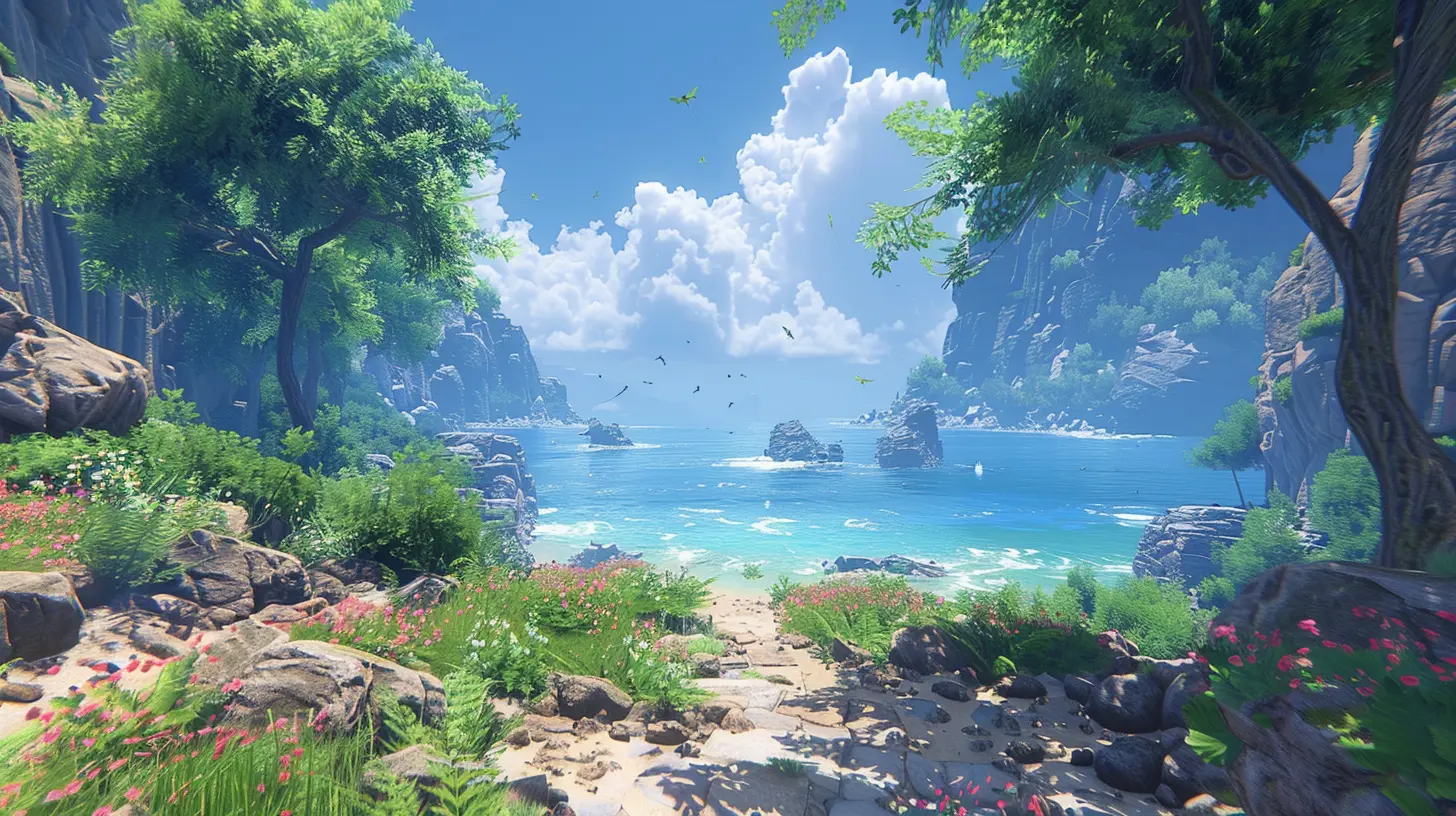
Start with a Compelling Backstory
A great game world doesn’t exist in a vacuum. It needs history, purpose, and context. Even if your players never get a detailed history lesson, having that backstory shapes the design in subtle but powerful ways.Take "The Legend of Zelda" games, for example. Hyrule isn’t just a collection of fields and dungeons—it’s a land with a rich history, legends, and conflicts. This sense of history adds depth to the experience and makes exploration feel meaningful.
How to Build a Backstory:
- Ask yourself the big questions. What’s the culture of this world? What struggles have shaped it? What do people value, and why?- Use environmental storytelling. Scatter clues about your world’s history—broken statues, abandoned towns, or cryptic writings can all tell a story.
- Focus on relevance. Your players don’t need to know everything. Stick to the elements that enrich the game experience.
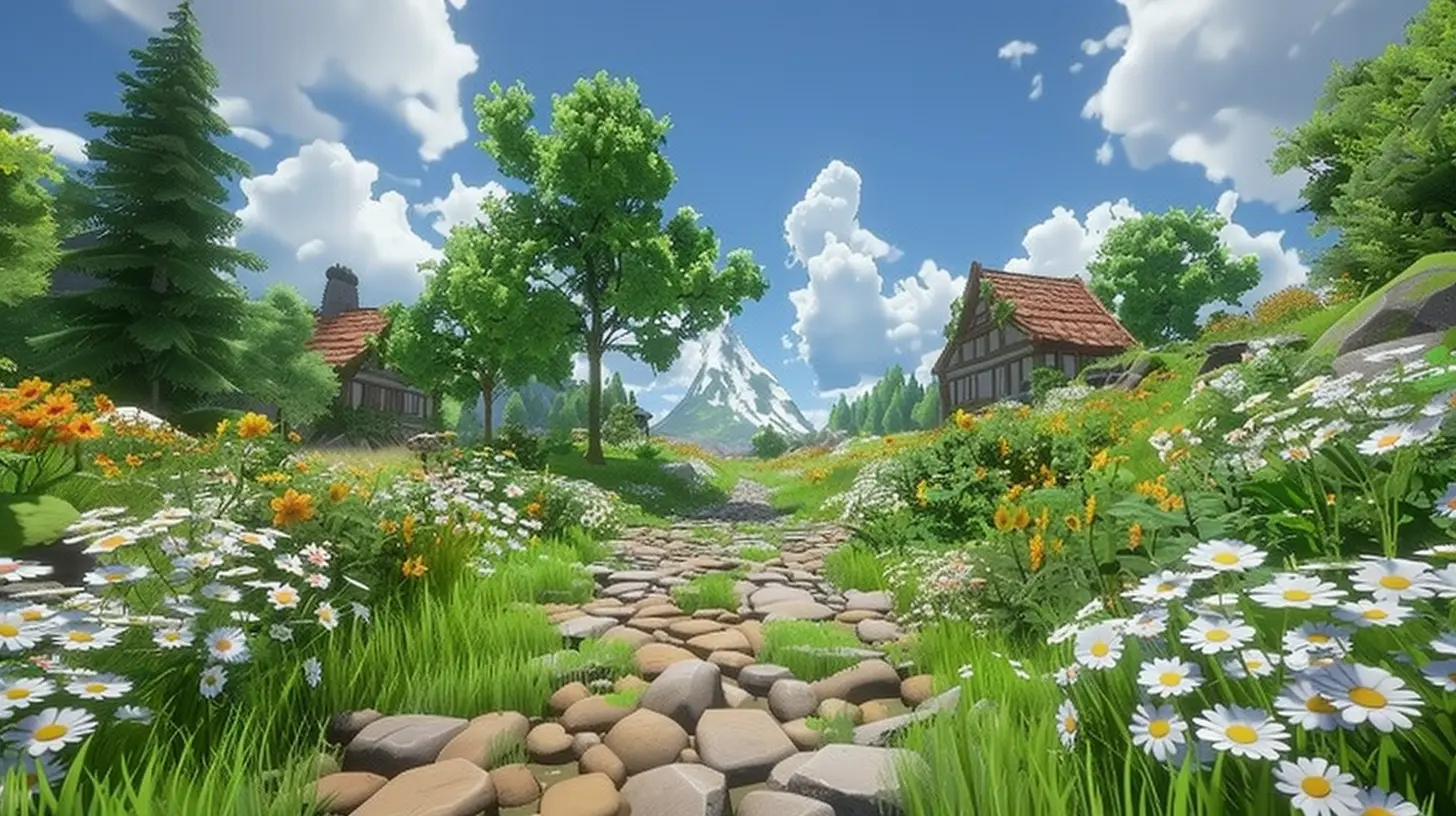
Visual Design: Make It Unique, Not Just Pretty
Let’s be real—graphics matter. But it’s not about squeezing in as many polygons as possible; it’s about creating a visual style that feels cohesive and unique. You want your game world to have a personality, something that sticks in players’ minds long after they’ve turned off the console.Take “Hollow Knight” as an example. Its hand-drawn art style creates a hauntingly beautiful atmosphere that fits perfectly with its story and gameplay. Meanwhile, games like “Minecraft” prove you don’t need photorealism to create a memorable experience.
Best Practices for Visual Design:
- Stick to a consistent style. Whether you’re going for realism or something more abstract, make sure everything feels like it belongs in the same universe.- Use color and lighting wisely. Warm tones can evoke comfort, while darker hues might signal danger or mystery. Light and shadow can guide players without them even realizing it.
- Don’t overload the screen. Players shouldn’t feel overwhelmed with too many details at once. Simplicity can often be more effective than complexity.

Sound: The Unsung Hero of Immersion
Close your eyes and think back to your favorite game. Maybe you can still hear the iconic music, or maybe the sound of a monster growling in the distance still gives you chills. Audio is often underestimated, but it plays a huge role in creating immersion.The soft rustle of leaves in a forest, the distant hum of machinery in a sci-fi setting, or even the subtle sound of your character’s footsteps—it all adds layers to the world. And don’t even get me started on music. A good soundtrack doesn’t just set the mood; it becomes a part of the identity of your game.
Tips for Using Sound:
- Add ambient sounds. Think of birds chirping, wind howling, or waves crashing on the shore. It makes your world feel alive.- Use music strategically. Use it to heighten emotion, signal danger, or celebrate success. Silent moments can also be powerful.
- Don’t forget player actions. Make sure there’s a sound effect for every action—jumping, attacking, even opening a menu. It helps reinforce the player’s connection to the game.
Characters and NPCs: Give Them Life
Nothing breaks immersion faster than NPCs that feel like lifeless robots. Your characters don’t need to be Shakespearean-level dramatic, but they do need to feel... human. Or at least like they belong in the world.A shopkeeper who just says, “What do you want to buy?” is fine, but one who chats about the latest town gossip or complains about their supply chain? Now that’s memorable. The more personality you inject into your NPCs, the more your world will feel alive.
How to Nail Your Characters:
- Give them quirks. Maybe one NPC always forgets your character’s name, or another has a laugh that’s hilariously bad. These little details stick out.- Keep dialogue natural. Avoid overly formal or long-winded dialogue unless it fits the character. Keep it short and engaging.
- Let them react. NPCs that respond to the player’s actions—like thanking them for a favor or getting angry when ignored—enhance the sense that they’re part of a living world.
Dynamic Environments: Let the World Change
A static world is a dead world. Players love to see their actions leave a mark, even if it’s something as small as plants growing back over time or NPCs commenting on completed quests. Games like "Red Dead Redemption 2" or "The Witcher 3" excel at this, making the world feel like it continues to exist even when the player isn’t there.Ideas for Dynamic Worlds:
- Time of day and weather. A sunny meadow feels completely different at midnight during a thunderstorm.- Player-driven changes. Did they save a town from destruction? Let the NPCs rebuild and show gratitude.
- Random events. Occasional surprises—like a wandering merchant or a sudden ambush—keep players on their toes.
Gameplay Integration: Immersion Goes Beyond Aesthetics
An amazing game world can feel hollow if the gameplay doesn’t tie into it. Immersion isn’t just about how the world looks—it’s about how it feels to interact with it. The best game worlds make players feel like their actions have meaning.For example, in "Breath of the Wild," the physics-based gameplay lets you interact with the environment in ways that make sense: cutting down a tree to create a bridge, using fire to spread across grass, and so on. This kind of integration is what makes a world feel truly immersive.
Gameplay Tips:
- Make interactions logical. If a player sees a ladder, they should be able to climb it. If they see water, they should be able to swim.- Reward exploration. Hide bonuses, lore, or even fun easter eggs for players who go off the beaten path.
- Avoid breaking the fourth wall. Don’t overload players with menus, tutorials, or systems that remind them they’re playing a game.
Final Thoughts: It’s All About Connection
At the end of the day, creating immersive game worlds is all about making a connection. You’re crafting a space where players can lose themselves, forge memories, and live stories they’ll cherish for years. It’s not an easy task, but it’s definitely worth it.Remember, it’s not about how big or detailed your game world is—it’s about how it feels. A small, well-crafted village can be just as immersive as a sprawling open world if done right. So focus on the little things, stay true to the heart of your world, and give players a reason to care.
all images in this post were generated using AI tools
Category:
Video Game DesignAuthor:

Avril McDowney
Discussion
rate this article
12 comments
Molly Parker
Engaging narratives and rich environments are vital; they enhance player connection and foster memorable experiences.
February 4, 2025 at 3:58 AM

Avril McDowney
Absolutely! Engaging narratives and immersive environments are key to deepening player connections and creating unforgettable gaming experiences.
Carla Franklin
Building immersive game worlds? Just remember: the more quirky NPCs and hidden treasures, the better! Let’s make players lose track of time, not just by the clock, but with laughter and endless adventures!
February 2, 2025 at 3:55 AM

Avril McDowney
Absolutely! Quirky NPCs and hidden treasures are key to creating memorable experiences that keep players engaged and entertained. Let's unleash creativity in every corner!
Solara McMeekin
Immersive worlds? More like immersive yawns if you don't up your game!
January 29, 2025 at 5:41 AM

Avril McDowney
Thank you for your feedback! We're constantly striving to improve and appreciate your insights. What specific elements would you like to see enhanced?
Zayden McMillan
Creating immersive game worlds requires a blend of detailed environmental storytelling, cohesive world-building, and player agency. Implementing realistic soundscapes, dynamic weather systems, and interactive NPCs enhances engagement. Staying attentive to player feedback can further refine the experience, ensuring a captivating and believable atmosphere.
January 22, 2025 at 5:31 PM

Avril McDowney
Absolutely! Combining environmental storytelling, world-building, and player agency is essential, along with elements like soundscapes and interactive NPCs. Player feedback is invaluable for refining the experience and creating truly immersive game worlds.
Soleil Riggs
Ah yes, because who wouldn’t want to spend countless hours perfecting the art of crafting virtual worlds? After all, it’s not like we have actual lives to live or anything—let’s just ignore that pesky reality!
January 20, 2025 at 6:10 AM

Avril McDowney
Creating immersive game worlds can enhance experiences, providing a unique form of escapism that many find rewarding. It’s all about balance!
Elowis Fry
Great insights! Immersive game worlds are essential for player engagement. I especially appreciate the emphasis on environmental storytelling and player agency—these elements truly enhance the overall gaming experience.
January 16, 2025 at 4:26 PM

Avril McDowney
Thank you! I'm glad you found the emphasis on environmental storytelling and player agency resonant. They really are key to crafting engaging and immersive game worlds!
Sawyer McPhail
Absolutely loved this article! Excited to delve into these best practices for crafting amazing game worlds! 🎮✨
January 13, 2025 at 4:35 PM

Avril McDowney
Thank you! I'm thrilled you enjoyed it and hope you find the practices helpful in your game development journey! 🎮✨
Delia Blevins
Creating immersive game worlds is like baking a cake; it’s all about the right ingredients! Sprinkle in some stunning visuals, mix in captivating stories, and top it off with a dash of player choice. Just remember, no one likes a soggy bottom!
January 10, 2025 at 4:13 PM

Avril McDowney
Absolutely! Just as in baking, the perfect blend of visuals, narrative, and player agency is essential for crafting engaging game worlds. A strong foundation is key to avoiding a "soggy bottom"!
Elowyn Porter
Great insights! Immersive worlds truly enhance player experiences.
January 2, 2025 at 5:28 AM

Avril McDowney
Thank you! I'm glad you found the insights valuable. Immersion is key to unforgettable gaming experiences!
Jax Vasquez
This article effectively highlights essential techniques for crafting immersive game worlds, emphasizing environmental storytelling, player agency, and attention to detail as key components for player engagement.
December 21, 2024 at 3:55 AM

Avril McDowney
Thank you! I'm glad you found the techniques for crafting immersive game worlds valuable. Your feedback reinforces the importance of those elements in enhancing player engagement.
Zephira McLaurin
In worlds where dreams and pixels intertwine, each crafted detail sings, inviting us to lose ourselves in boundless adventure.
December 14, 2024 at 4:42 PM

Avril McDowney
Thank you! Capturing that sense of wonder is essential in crafting immersive experiences. It's all about balancing detail and exploration!
Maddison McConnell
Creating game worlds is like baking a cake: mix creativity, sprinkle fun, and don’t forget the icing of immersion!
December 10, 2024 at 5:41 AM

Avril McDowney
Absolutely! Just as a cake needs the right ingredients for flavor, immersive game worlds require a blend of creativity, engagement, and atmosphere to truly captivate players.
MORE POSTS

Building VR Games: Which Engine Does It Best?
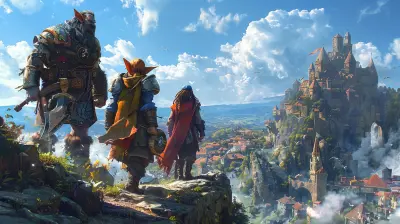
Behind the Hotfix: Urgent Changes from the Latest Update

How Patch Updates Affect Speedrunner Records

The Role of Women in the Gaming Event Scene
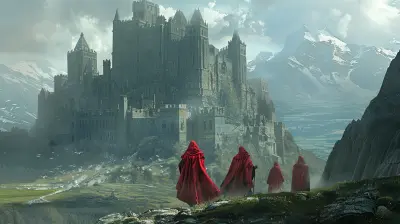
How Progression Keeps Players Coming Back

Xbox Cloud Gaming: How to Play Titles Without a Console

The Science of Player Flow and How to Design for It

Top Horror Games on Steam to Play with the Lights Off